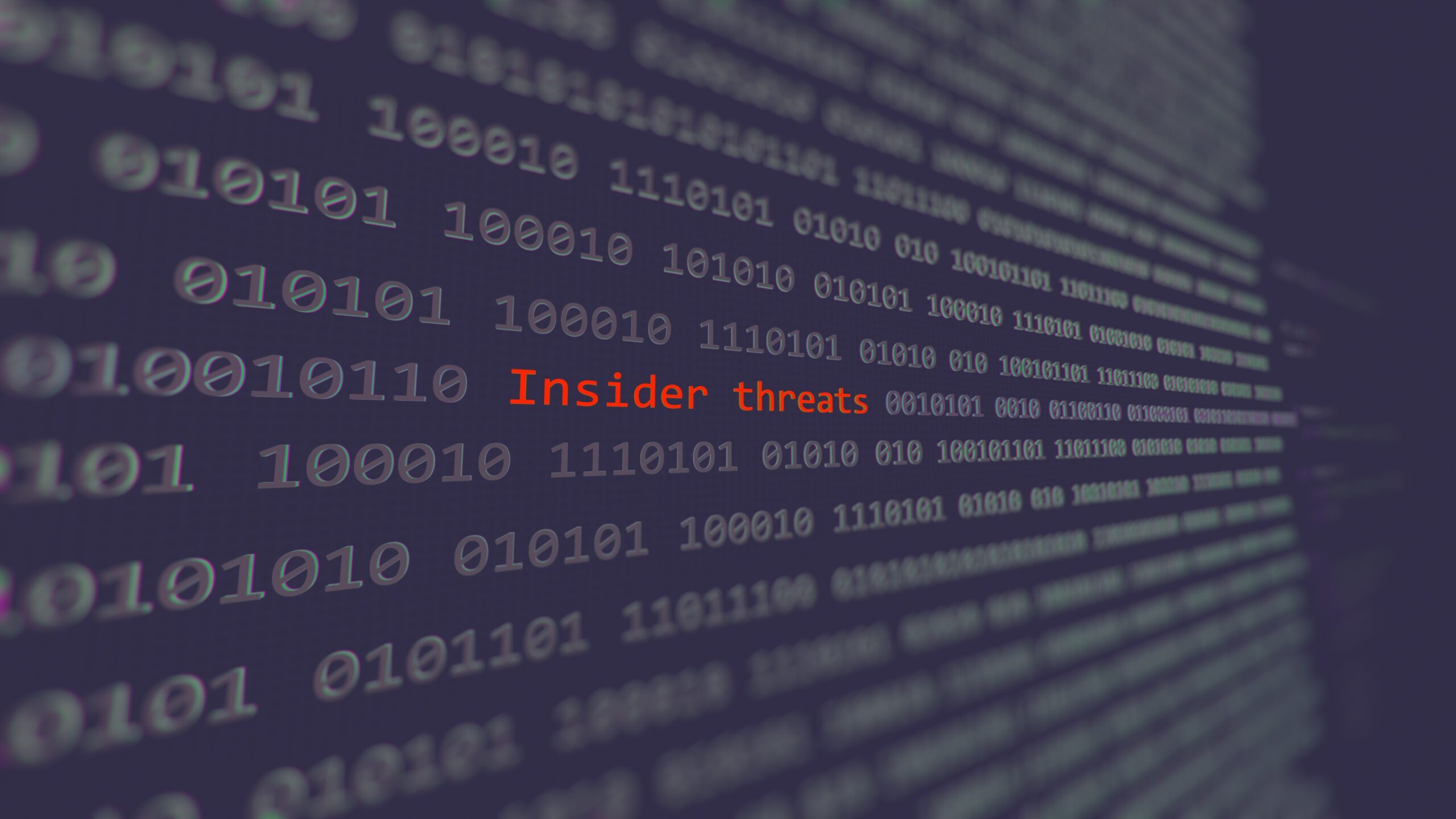Safeguarding against Insider Threats in the Transportation Sector

The transportation sector is the very definition of critical infrastructure. Even as technological advances have reduced the need for travel, the transportation sector is still essential for most of us to work, socialize, and fulfil many of our basic needs. As such, protecting transportation from cybercrime is vital to the normal functioning of society.
Recent years have seen extraordinary improvements in external threat detection and mitigation, but internal threats present a much more significant risk for many organizations. Social unrest, economic inequality, and rising inflation have all contributed to the increased prevalence of insider threats, and organizations are seeking new ways to defend against them.
This article will outline what an insider threat is and how the transportation sector can protect itself from them.
What is an Insider Threat?
An insider threat is the risk posed by individuals within an organization who exploit their authorized access, knowledge, or privileges to cause harm to the organization’s assets, systems, or people. These individuals may be employees, contractors, or trusted partners with legitimate access to sensitive information, facilities, or resources.
There are three main types of insider threats:
- Malicious insiders deliberately abuse their position inside an organization for personal gain.
- Accidental insiders expose their organization to an external danger by mistake, such as by clicking a phishing link.
- Moles masquerade as a legitimate employees or business partner to steal information or bring an organization to harm.
Stopping Insider Threats
Unfortunately, there is no one catch-all solution to preventing insider threats. No cybersecurity tool, training program, or policy alone is enough to eradicate the risk of insider threats. Even organizations with a “perfect” insider threat prevention program are not entirely safe. However, there are steps the transportation sector can take to reduce the risk of falling afoul of an insider threat.
UEBA Solutions
User and Entity Behavior Analytics (UEBA) solutions are cybersecurity tools that help prevent and detect insider threats by analyzing the behavior of users and entities within an organization’s network. UEBA solutions leverage machine learning algorithms and advanced analytics to identify patterns, anomalies, and potential risks associated with user activities.
UEBA solutions typically collect and analyze data from various sources, including logs, network traffic, and user activity logs. UEBA solutions can establish baseline behavior patterns for individual users and entities by examining this data. They then compare real-time behavior against these baselines to identify deviations or suspicious activities that may indicate potential insider threats.
Employee Screening
Conduct thorough background checks during the hiring process to identify any red flags or potential risks. These checks include verifying employment history, conducting criminal background checks, and validating references.
Access Controls
Implement strict access control measures to limit employees’ access to sensitive areas, systems, and data. Use access cards, biometrics, and surveillance systems to monitor and control access.
Security Awareness Training
Provide comprehensive training programs for employees to educate them about insider threats, the importance of security protocols, and the potential consequences of malicious actions. Foster a culture of security awareness and vigilance by:
- Providing role-specific, regular training.
- Communicating policies and procedures.
- Establishing transparent and confidential reporting processes
- Encouraging business leaders to express a commitment to security.
Data Protection
Implement data loss prevention (DLP) measures to safeguard sensitive information, including encryption, access controls, regular data backups, and monitoring of data transfers. To be extra safe, organizations should implement a DLP solution.
A DLP solution is a cybersecurity tool or set of technologies designed to prevent the unauthorized or accidental leakage of sensitive data from an organization. DLP solutions monitor, detect, and prevent the unauthorized transmission, storage, or use of sensitive information across various channels, including email, endpoints, networks, and cloud storage.
Incident Response Planning
Develop and regularly update an incident response plan tailored to address insider threats. The plan should include predefined steps for promptly identifying, responding to, and mitigating insider threats.
Ongoing Risk Assessment
Conduct regular risk assessments to identify vulnerabilities and potential insider threats. This includes evaluating internal controls, conducting security audits, and staying informed about emerging threats and best practices.
Collaboration and Information Sharing
Establish partnerships and information-sharing initiatives with other organizations and industry stakeholders to stay informed about new threats, share best practices, and collectively address insider threats.
Continuous Improvement
Implement a continuous improvement framework to evaluate and enhance security measures regularly, adapt to changing threats, and address any identified weaknesses.
By implementing these measures, transportation companies can significantly reduce the risk of insider threats and enhance their operations’ overall security and resilience. It is essential to foster a positive security culture, maintain ongoing vigilance, and regularly update security practices to stay ahead of evolving threats.
